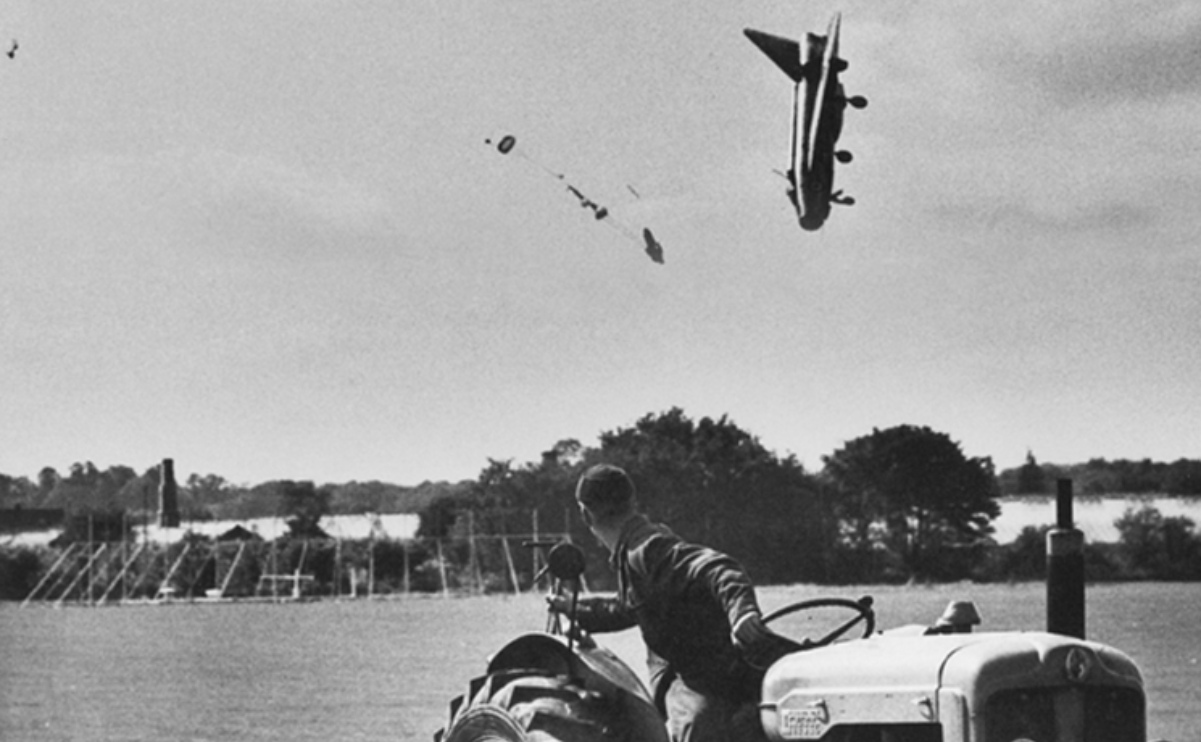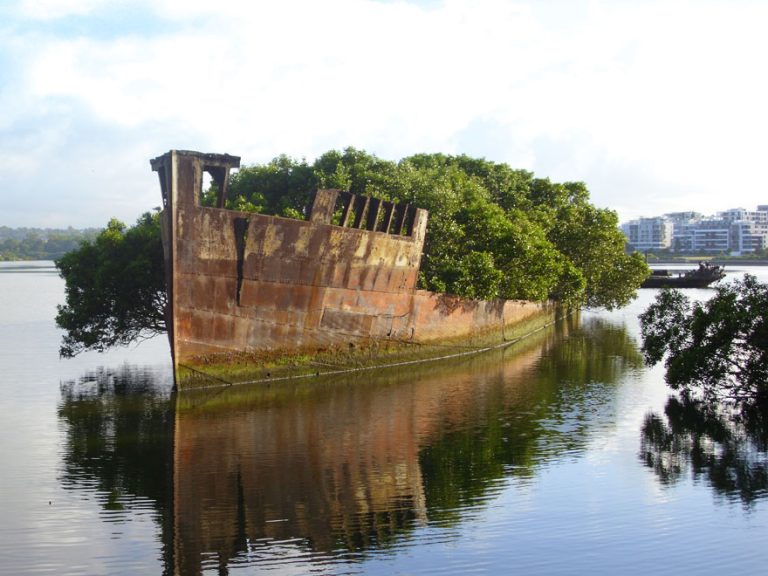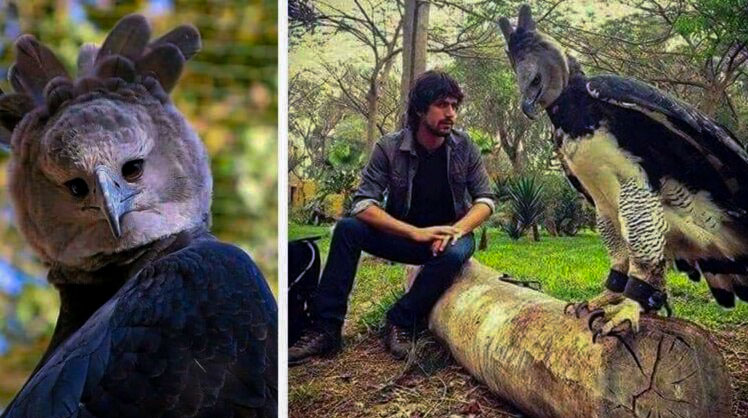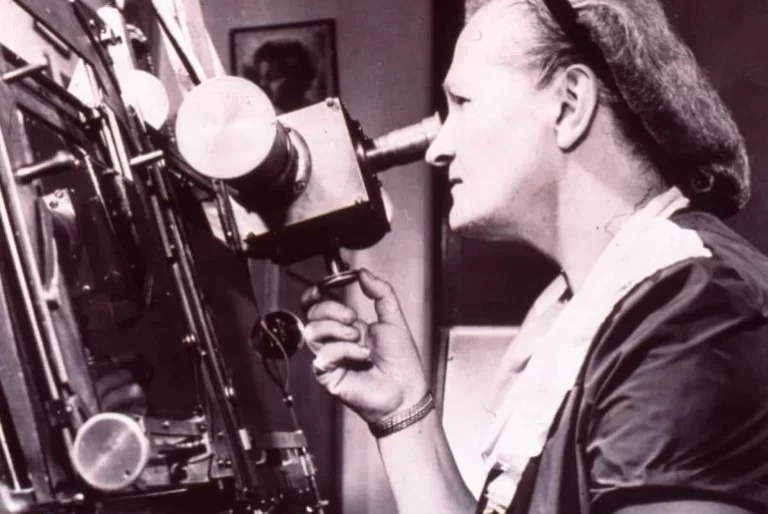The story of the most famous ejection from a RAF Lightning interceptor
The RAF Lightning
The Lightning was the Royal Air Force’s first supersonic aircraft, instantly doubling the maximum speeds of Fighter Command.
Because of its advanced design, the Lightning required extensive development before it could enter service. Production began in December 1959, with the first operational squadron receiving its aircraft six months later.
Throughout its 28 years in front-line service, the Lightning was primarily used for air defense. Although its main task was intercepting unidentified aircraft entering UK airspace, it also saw significant service overseas in places like the Middle East, Far East, and Germany.
The most famous ejection from a RAF Lightning
The Lightning is also known for a famous photo of an ejection, taken by Jim Meads on September 13, 1962. You can see this image as the featured photo in this post.
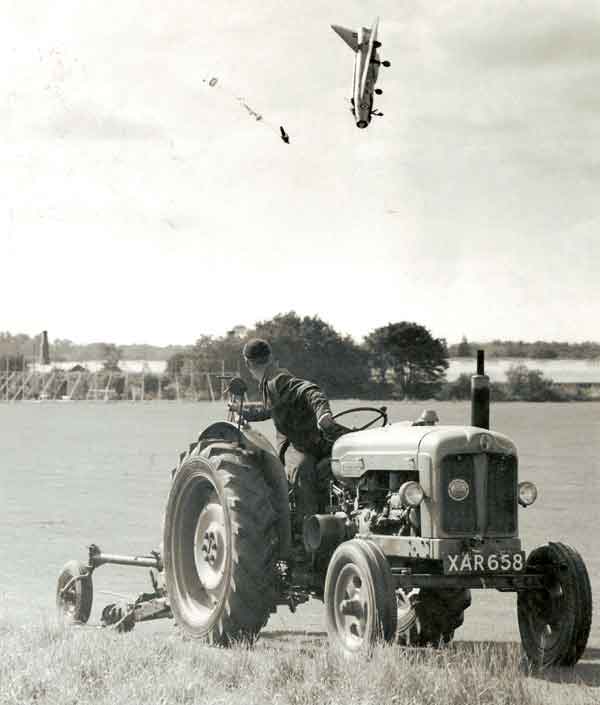
As detailed in the article “The Story Behind a Famous Photograph of an Ejection from a Lightning,” featured in Issue 5 of *Aviation Classics*, the photo was published in newspapers worldwide and quickly caught the attention of the manufacturer, Martin-Baker.
Jim Meads, the photographer, lived next door to de Havilland test pilot Bob Sowray in Hatfield, Hertfordshire. On the day of the photo, both of their wives were shopping in London, and Bob mentioned he would be flying a Lightning. Jim’s children asked to watch the flight, and although Jim usually wouldn’t bring his camera for such an outing, he decided to take it along to capture a picture of his neighbor flying. The camera he brought only had two shots left.
Uncontrollable after an engine fire
The spectators found a good spot near the threshold of de Havilland’s Hatfield airfield and waited for the Lightning to return. As the Lightning, XG332, approached at about 200 feet, its nose suddenly pitched up, and the pilot ejected. The aircraft had become uncontrollable due to an engine fire that had damaged a tailplane actuator.
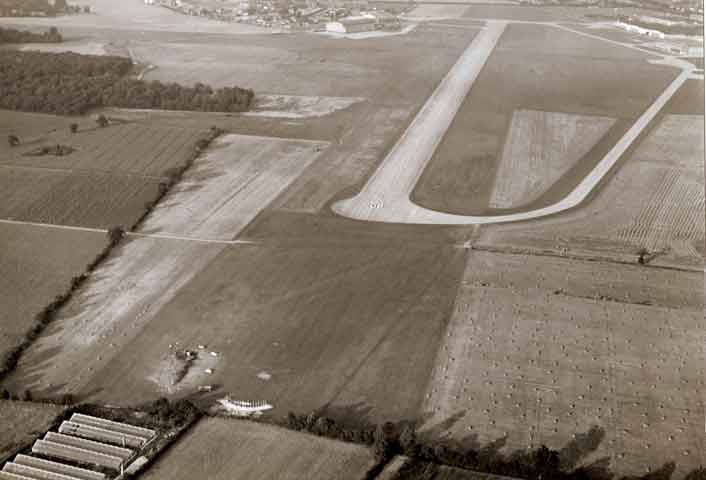
Jim snapped a photo right after the pilot ejected, capturing the moment the pilot was upside down, with his parachute still unopened, as the Lightning fell toward the ground nearby. In the photo, a tractor driver, startled by the sound of the ejection seat, is seen turning around to see what had happened—likely relieved he wasn’t working closer to the scene. Jim’s last picture captured the thick black smoke rising after the jet crashed.
The pilot survived after coming down in a greenhouse full of tomatoes
Luckily, the pilot survived after landing in a greenhouse full of tomatoes. He suffered several broken bones and cuts from the glass that shattered as he crashed through the roof. However, it wasn’t Bob Sowray flying that day—he had let fellow test pilot George Aird take the flight.
The Lightning, XG332, was one of 20 pre-production models and first flew on May 29, 1959. It was used by BAC and de Havilland for Firestreak and Red Top missile trials, and the crash happened during one of these tests.

